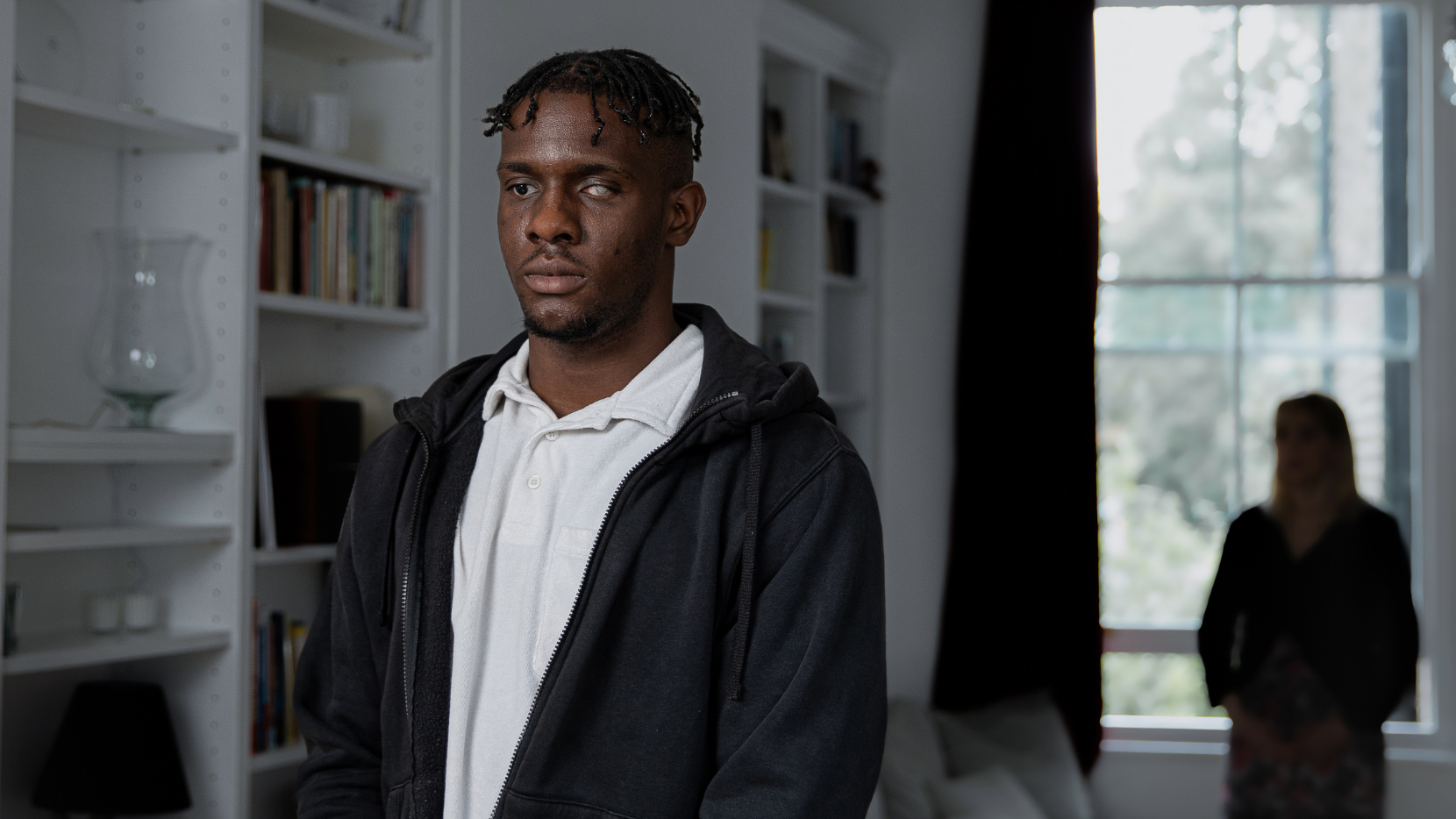
Responding to victims of domestic abuse with a visual impairment
Build your skills, knowledge and confidence. Improve your professional response and make victims of domestic abuse with a visual impairment or who are registered blind safer.
Key course features
This course will cover the following areas of learning for working with victim survivors with a visual impairment:
- Prevalence of domestic abuse
- Understanding of the unique risks and needs
- Red flags for identifying abuse
- Unique perpetrator tactics
- Creating referral pathways
- Responding and supporting
Course overview
The course is vital for ensuring that we are reaching victims with a visual impairment and breaking down the barriers that prevent them from having a multi-agency response to keep them safe and supported.
From The Unseen report, it is evident that there is a disconnect between visual impairment services and domestic abuse services. They identified that professionals working in one sector would be unaware of the work going on in the other sector. This was viewed negatively as participants felt when seeking support on domestic abuse, their visual impairment was not taken into account, and on the flip side, when seeking support for their visual impairment, identification of domestic abuse was not considered. An interview participant identified that visually impaired people are more likely to have professionals involved in their lives because of the disability, but that these professionals will not necessarily understand domestic abuse.
Read more about the findings and recommendations from report, The Unseen: Blind and partially sighted people’s experiences of domestic abuse
In developing the training we encourage learners to take account of the unique risk factors faced by victims that have a visual impairment or are registered blind and how to safety plan effectively.
We aim to focus on how we can bridge the gaps between victims and services to remove barriers and improve accessibility. The training will consider intersectionality, including the needs of survivors who are doubly disadvantaged when facing sight loss, such as Black, Asian and racially minoritised communities, LGBTQI+ communities and others.
The course will be OCN accredited at Level 3 for 1 Credit.
Time commitment
The course is one day online via zoom. In-course assessment comprised of observation and test of knowledge
Eligibility
You must be a domestic abuse practitioner to complete this course. To be classed as a qualified Idva you must have completed the 12-day course.
Learn more about our Idva Foundation training
Price
This course is £60 per learner
How to apply
If you cannot attend the next training, you can register your interest in future training
Accessibility
We welcome learners of all backgrounds and abilities. We encourage you to share with us any details on accessibility and diversity needs so we can ensure the right support is in place. You can also contact us if you have any queries via [email protected].
